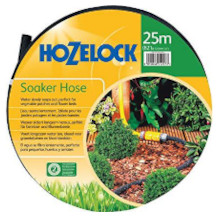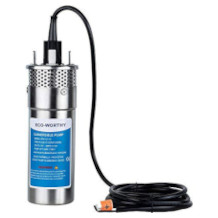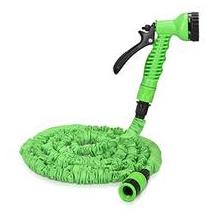Domestic water pump purchasing advice: how to choose the right product
- The most important facts in brief:
- Domestic waterworks automatically increase the line pressure to avoid pressure fluctuations when water is drawn off.
- They are often used where rainwater is used for watering or in combination with automatic sprinklers.
- Feeding washing machines, sinks and toilets with service water is also conceivable.
- Buildings or properties that are not connected to the public water supply can be supplied by means of a domestic waterworks, for example via a well.
- E In addition to domestic waterworks, there are also automatic domestic water systems.
What is a domestic waterworks?
A domestic waterworks generates pressure in the domestic water pipe with the help of a pressure vessel and a pump. Users of private wells and cisterns need it to make water flow through their pipes. A domestic waterworks can also be useful in households connected to the municipal water supply: If the water pressure is too low, it ensures that the water comes out of the tap again as a powerful jet instead of a thin trickle. A domestic water supply system automatically generates water pressure in the pipe system. For pipe systems that depend on permanent water pressure, the use of a domestic waterworks is recommended, as it automatically increases the water pressure in the event of a potential drop in pressure.
How a domestic waterworks works
The unit draws in water and pumps it on under high pressure. It also maintains a constant high water pressure. This ensures a consistently good water pressure at all tapping points.
For water extraction, water is pumped from a reservoir into a pipe network. This can be a well, a spring or a body of water. In service water systems, a cistern is sometimes used to collect used water or rainwater.
Why do I need a domestic waterworks?
A domestic waterworks guarantees that pipes and hoses in the house and outside are under pressure. Therefore, the device is comparable to a garden pump or a rainwater system.
You can connect a waterworks to a well or a cistern, for example, in order to use the water obtained in this way to
- watering lawns and flowers and
- filling washing machines, washbasins and toilets.
toilets. This cool water is usually not of drinking water quality, but it is always sufficient for the purposes listed and helps to save a large amount of tap water. This is good for your wallet and also has a positive effect on the environment that should not be overlooked.
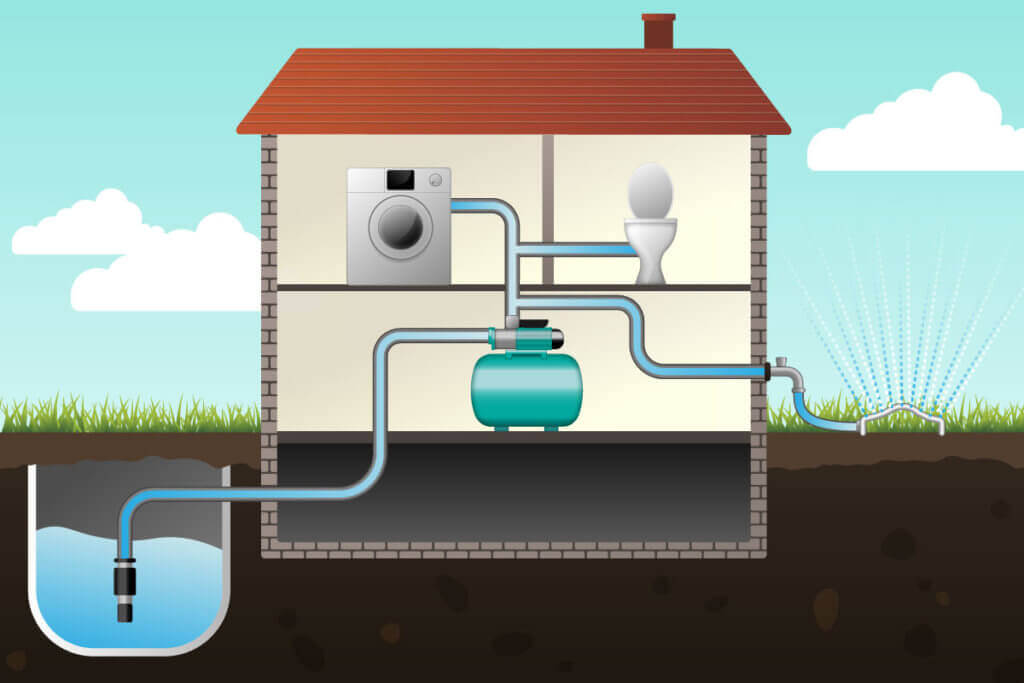
Municipal water supply network must usually be used
In Germany, there is an obligation to connect to the municipal water and wastewater network and to use it for drinking water supply and wastewater disposal. This regulation has existed since the 1930s and ensures a high-quality water supply for the population. Due to the connection obligation, the costs for the infrastructure are borne by the mass of households and are thus relatively low for each individual. Permission for a drinking water well on one’s own property is granted only in very rare cases. According to the Federal Environment Agency, less than one percent of German households obtain their drinking water from a private well.
Procedure for domestic water simpler
You can use a domestic waterworks to pump collected rainwater from a cistern and use it to water plants in the garden or to feed the toilet and washing machine. If you would like to install a well for service water instead, you must apply to the responsible municipality. Service water wells are usually approved without major problems.
Positive effects of rainwater when used in washing machines
The rumour that using washing machines with rainwater is unhygienic is unfounded. If you use detergent, your laundry will be clean as usual. In addition, you can use detergent more sparingly because less of the descaler it contains is needed. You can also dispense with the use of fabric softeners.
Already profitable after a short time
The purchase of a domestic waterworks quickly pays for itself. If you have a well and large areas that you want to irrigate, the purchase price will pay for itself after quite a short time. According to the Berliner Wasserbetriebe, a litre of drinking water in the capital, including sewage fees and taxes, costs about half a cent. If you buy 1,000 litres, that’s five euros. That corresponds to about half an hour of sprinkling with an ordinary garden hose. Calculated over the year, this saves a lot of money.
What service water should not be used for
Service water is explicitly not suitable for drinking, showering, bathing or cooking. The strict hygiene regulations for drinking water apply to these uses.
Different versions: Domestic waterworks versus automatic waterworks
A domestic waterworks (HWW) has a pressure tank. The pump can therefore switch off automatically if it is not needed. The permissible pump pressure for a waterworks is usually in the range of 1.3 to 1.6 bar, which is sufficient for most purposes. The volume of the expansion tank is usually about 20 litres, larger domestic waterworks have a 50-litre version. The expansion tank serves as a buffer and reduces power consumption: if only small amounts of water are drawn off, the pump does not start continuously.
The unit pumps water into the attached pressure vessel. This is divided into two chambers: One chamber contains compressed air, the other water. The chambers are separated by a rubber membrane. It expands when water is added and regulates the pressure down when you take water out. If the pressure in the boiler drops below a certain value, the system switches on the pump.
Pro points
- Hardly any wear and tear, as the pump is not permanently in operation
- Lower power consumption
- Environmentally friendly
- Quiet operation
Drawbacks
- Lower water pressures than with an automatic domestic water system
- Pressure fluctuations possible
- Repairs of membrane and boiler are time-consuming and expensive
In contrast to a domestic waterworks, an automatic domestic waterworks (HWA) does not have a pressure tank. The pump is switched on and off via a pressure switch, even when small amounts of water are drawn. This can be reflected in higher electricity consumption. On the other hand, constant pressure is available at all times, whereas fluctuations can occur with domestic waterworks.
Pro points
- Constant pressure
- Less maintenance-intensive
Drawbacks
- Turns on even with small quantities
- Higher noise level
- Water pressure must be constant
Should I buy an automatic domestic water system or a domestic waterworks?
If there is little water available and it has to be pumped continuously, a domestic waterworks is the right choice. If, on the other hand, a large amount of water is available, for example in a cistern, and a constant water pressure is desired, you should opt for a domestic waterworks. If you want to feed the washing machine and flush the toilet from a well, a domestic waterworks with a pressure tank is the right choice. The amount of water extracted is small in both examples. Therefore, a pump with a pressure tank of just under 20 litres will only switch on again after two or three flushes of the toilet to restore the water pressure. If, on the other hand, you want to water larger areas in the garden, you should opt for an automatic domestic water pump. A simple garden pump also delivers the water, but you have to switch it on and off manually. With an automatic water pump, on the other hand, the pressure is automatically maintained.
Criteria for the purchase decision
When comparing different domestic waterworks, you should consider a number of factors, such as performance, flow rate, pressure and various safety features, in addition to price, when making your purchase decision.
Output and delivery rate
The power of a domestic waterworks unit determines its potential uses. Models with an output of at least 1,500 watts are suitable for watering large lawns. This allows a delivery rate of up to 5,500 litres per hour.
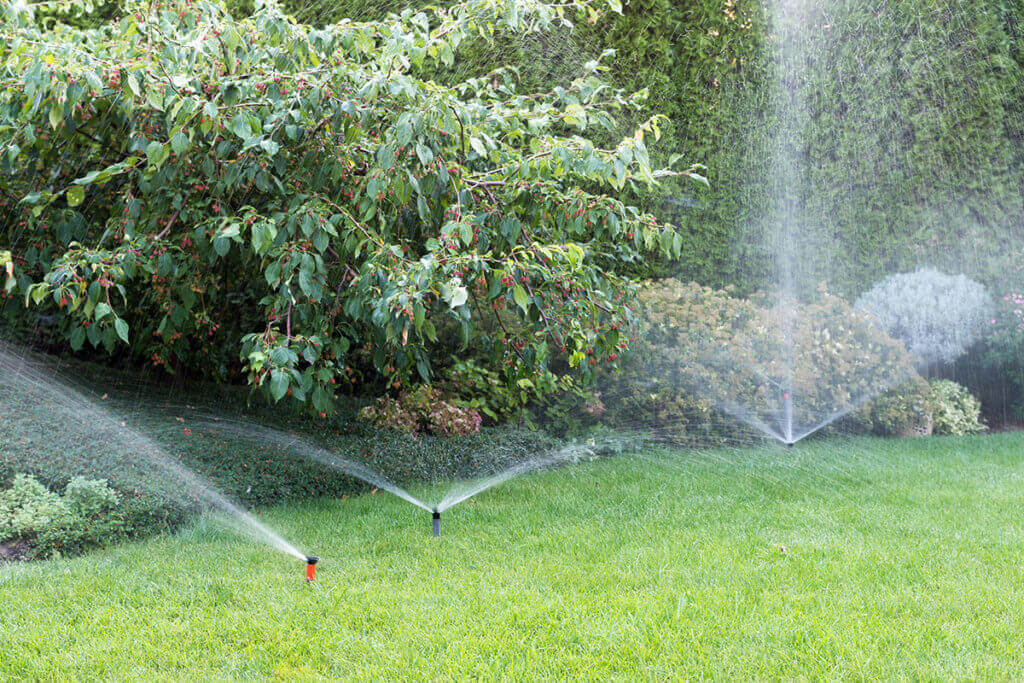
If less large water volumes of 3,000 to 4,000 litres per hour are sufficient for you, you should go for a more energy-saving model with a power of about 1,000 watts. Generally speaking, the higher the water is to be pumped, the greater the sacrifice you will have to make in terms of flow rate.
Suction height, delivery height and pressure
The suction height or head indicates the depth to which a domestic waterworks can draw water from a well or other reservoir. Models with a low suction head must be closer to the water source. The delivery head, on the other hand, indicates the height to which the device can transport the water, i.e. distribute it in the house. The pressure specification in bar provides information about the pressure with which the water is conveyed into the lungs. When choosing an installation location, always bear in mind that the units produce different levels of noise. It is advisable to install the unit in the basement or outdoors.
Connections
When buying, make sure that the pump has the right connections for the suction and pressure hoses you need. These differ in the diameter of the internal thread, which the manufacturers usually specify in inches. If necessary, order the necessary adapters to be able to put the device into operation directly.
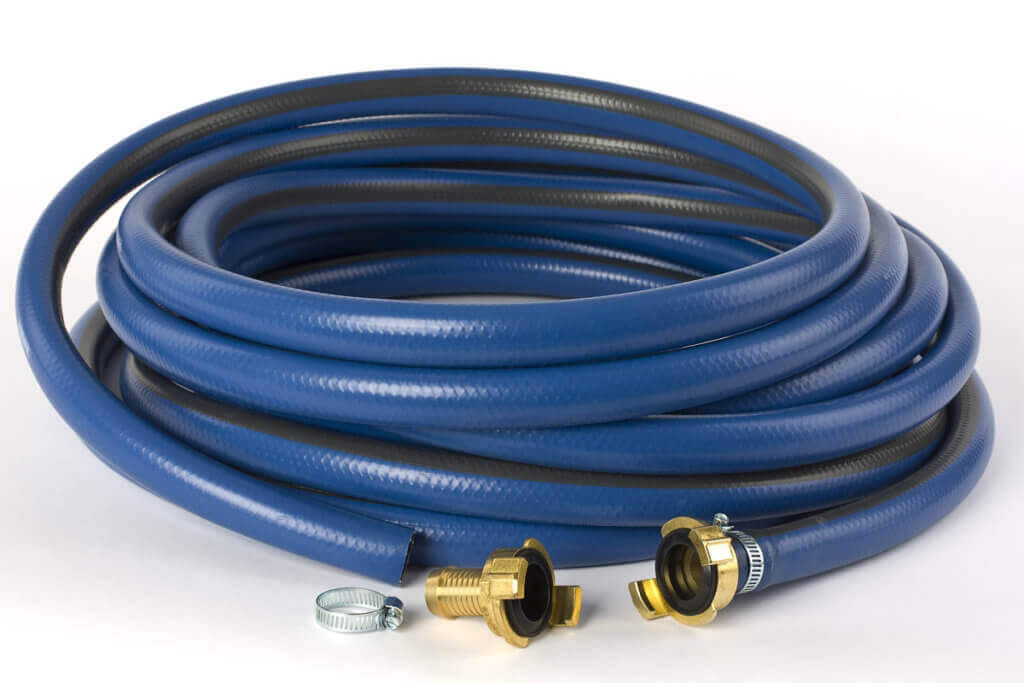
Size of the pressure vessel
In contrast to automatic waterworks, domestic waterworks have a pressure vessel in which a certain pressure is maintained so that the pump does not start every time water is required. The most common models have a pressure vessel volume of 20 litres. For users with higher water consumption, there are also boilers with a size of 50 litres.
Pressure relief valve and overheating protection
The pressure relief valve is a safety device in the pressure vessel. It automatically releases pressure if the pressure in the boiler exceeds a maximum value. An overheating protection switches off the pump motor as soon as it threatens to run hot.
Dry-running protection
After long periods of drought, the water in wells and cisterns sometimes runs short. In this case, the pump could run dry and be damaged. A dry-running protection switches the pump off automatically as long as the water level is too low.
Backflow protection
A backflow preventer, also called a non-return valve, ensures that no water flows out of the pressure line back towards the water source after the pump has been switched off.
Mobile solution versus fixed installation
If you want to change the place of use frequently, a mobile domestic waterworks is the right choice. For most users, the installation of a fixed system in a protected location such as a shed, garage or cellar is the best option. From here, consumers in the house can be supplied or the water can be taken from a valve in the garden for irrigation. While dimensions and weight play a role with mobile models – after all, you have to transport the pump from time to time – this factor plays a very subordinate role with permanently installed systems.
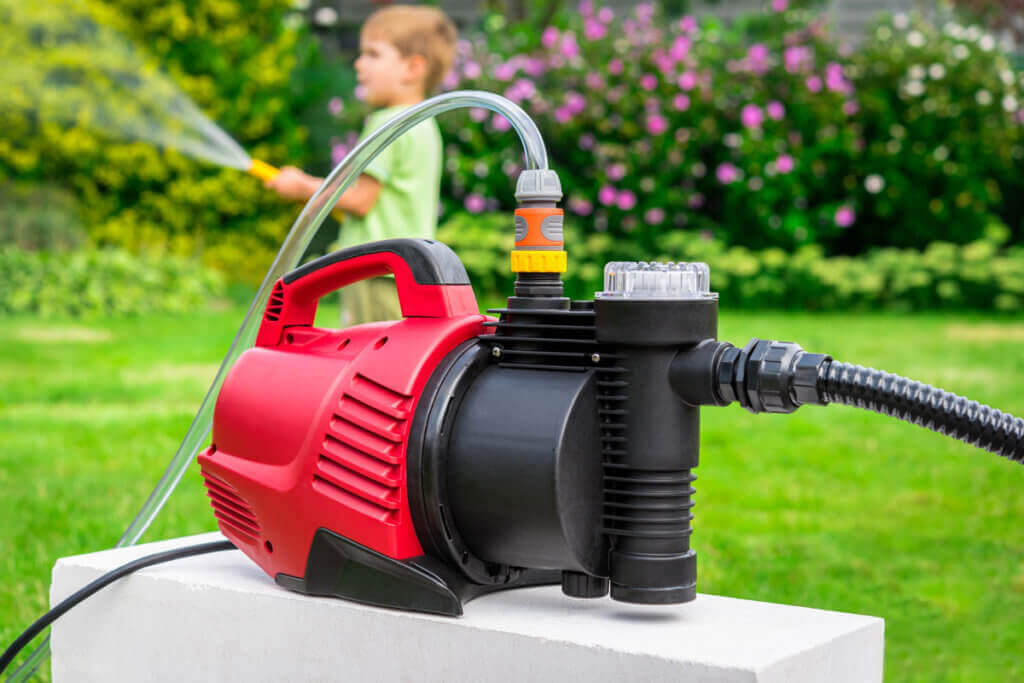
Filter
You can often pump well water and groundwater without a filter, as it contains few to no suspended particles and sand. When pumping rainwater, on the other hand, a filter is recommended to protect water-bearing systems and nozzles from clogging and to prevent damage to the pump. These are usually cartridges that have to be cleaned or replaced depending on the degree of contamination. Many models can be cleaned by backwashing.
What should be considered before first use?
With a domestic waterworks, you must fill the pressure tank with water before using it for the first time. A corresponding filling opening is usually found on the top of the tank. This step is not necessary with an automatic domestic water system, as the devices do not have a pressure tank.

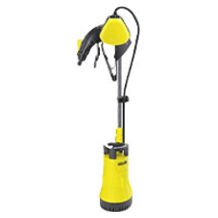

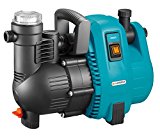
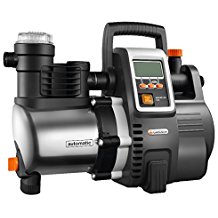

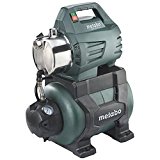
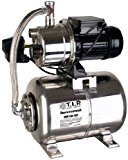
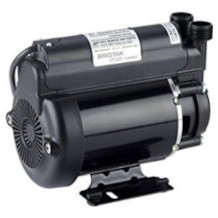
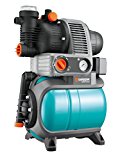
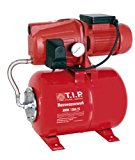

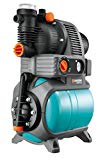
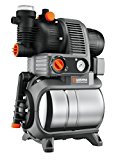
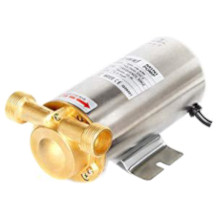
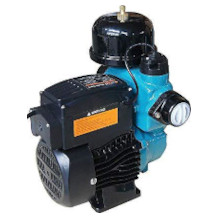

 679 reviews
679 reviews

